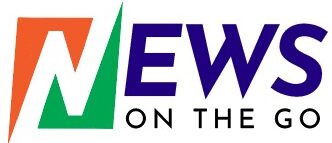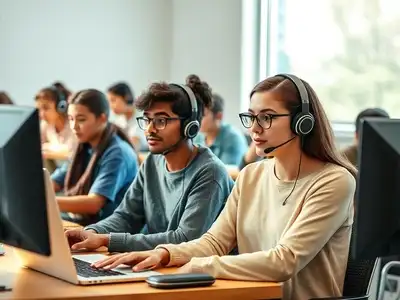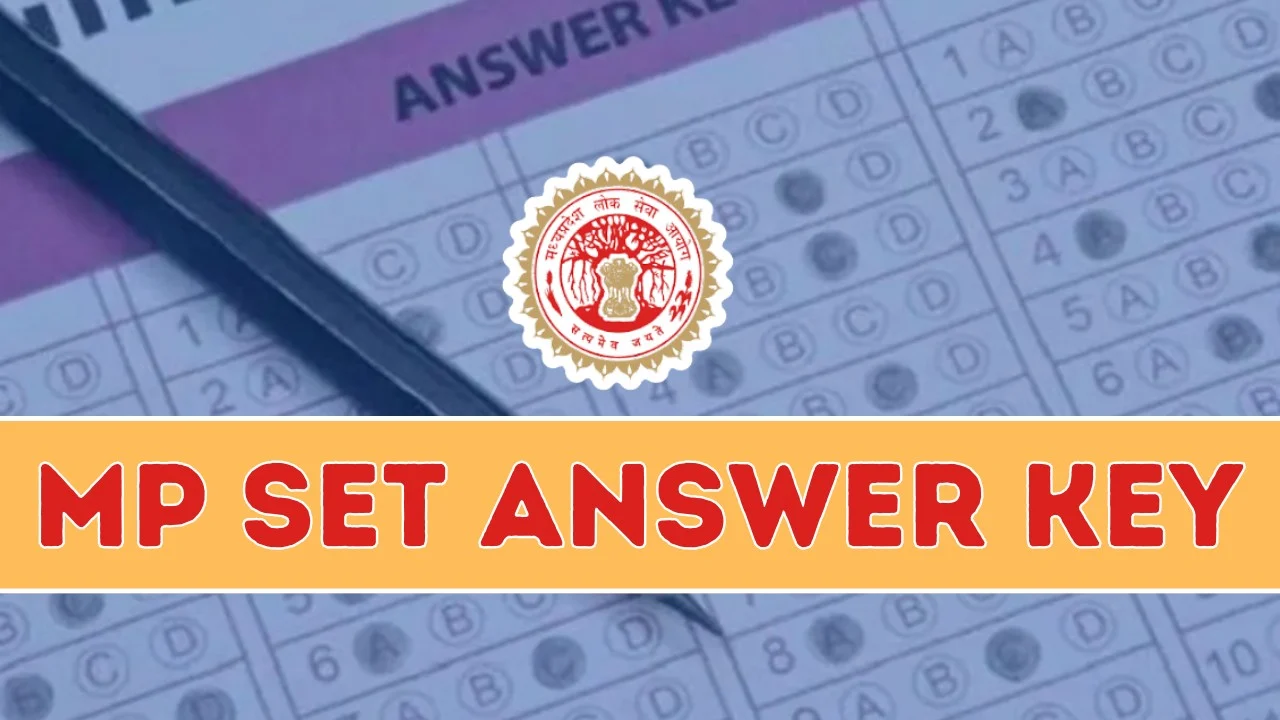In recent years, digital innovations have transformed education, making online classrooms more inclusive and accessible for students with diverse needs. For hearing and visually impaired students, these advancements have removed traditional barriers, opening new avenues for learning. Online schools are leveraging cutting-edge technologies to ensure that all students, regardless of their abilities, can fully participate in the educational process.
The Importance of Inclusivity in Education
Inclusivity in education ensures equal learning opportunities for all students, irrespective of their physical abilities. For hearing and visually impaired students, this inclusivity is critical, as conventional educational environments have often posed challenges such as inaccessible materials, lack of accommodations, and communication difficulties. However, with the rise of digital tools, these barriers are being dismantled, making learning more engaging and equitable.
Assistive Technologies for Hearing-Impaired Students
Hearing-impaired students benefit greatly from digital innovations designed to enhance their access to auditory information. Real-time captioning and transcription software have become indispensable in online classrooms, enabling instructors to convert spoken words into text that can be read instantly. Additionally, many platforms now integrate sign language interpreters or avatar-based systems that translate lessons into sign language, enhancing comprehension.
Video conferencing platforms further contribute to accessibility by offering customizable subtitles that can be adjusted in size, color, and font to suit individual needs. Paired with visual aids such as images, graphs, and videos, these tools create a more interactive and accessible learning environment.
Advancements for Visually Impaired Students
For visually impaired students, digital technologies have significantly expanded access to learning materials. Screen readers and text-to-speech software allow them to navigate digital content, including e-books, articles, and assignments, by converting text into spoken words.
Online schools are also incorporating tactile graphics and braille displays, enabling students to engage with digital content in a more interactive way. Tactile maps, diagrams, and charts can be explored through touch interfaces, making complex concepts more accessible. Additionally, specialized software converts images and charts into audio descriptions or braille, ensuring that visually impaired students can engage fully with course content.
Virtual reality (VR) and 3D simulations are further enhancing learning experiences by providing immersive environments where visually impaired students can explore historical landmarks, scientific concepts, and artistic works through detailed audio narration and tactile feedback.
Creating Multi-Sensory Learning Environments
A significant trend in digital education is the development of multi-sensory learning environments that combine auditory, tactile, and visual elements. These environments enable hearing and visually impaired students to access information through multiple formats, enhancing comprehension and retention.
For instance, hearing-impaired students can engage with content through text, sign language videos, and visual aids, while visually impaired students can utilize audio descriptions, braille interfaces, and interactive touch tools. This approach ensures that learning materials are accessible in the most effective format for each student.
Personalized Learning Through Adaptive Technology
Adaptive learning systems, which modify lesson pace and difficulty based on student performance, are making education more inclusive for students with disabilities. These systems use data to identify areas where students may need additional support and automatically adjust the content to meet their needs.
Visually impaired students may receive larger fonts or detailed audio descriptions, while hearing-impaired students can access captions or sign language interpretations. Such personalized adjustments allow all students to progress at their own pace and achieve academic success.
Overcoming Communication Barriers
Communication remains one of the biggest challenges for hearing and visually impaired students. Digital tools are addressing this issue by offering alternative ways for students to interact with teachers and peers. Chat features, discussion forums, and video messages enable seamless communication, while real-time transcription and sign language interpretation further enhance accessibility.
Visually impaired students benefit from voice-activated technologies and speech-to-text applications, empowering them to engage in classroom discussions independently. These innovations foster a more inclusive and collaborative learning environment.
Adhering to Accessibility Standards and Future Innovations
As online schools continue to evolve, adhering to accessibility standards such as the Web Content Accessibility Guidelines (WCAG) remains essential. Many platforms are integrating features like adjustable text sizes, contrast settings, and keyboard navigation to ensure inclusivity for all learners.
Looking forward, advancements in artificial intelligence, machine learning, and augmented reality promise to further enhance the learning experiences of hearing and visually impaired students. These emerging technologies have the potential to create even more dynamic and inclusive educational environments, ensuring that all students can thrive in the digital age.




